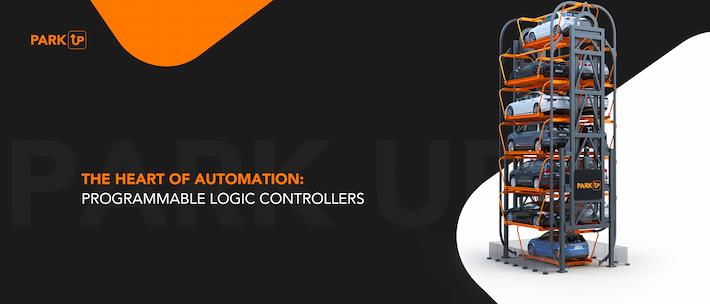How Programmable Logic Controllers In Modern Parking System
What’s a PLC?
A Bit of History
How PLCs Work In Modern Parking System
Think of a PLC as the brain of an operation. It takes inputs, processes them according to a program, and sends outputs to control devices. Here’s a breakdown:
- Inputs: Signals from sensors, switches, or other devices tell the PLC what's happening in the system. Inputs can be digital (on/off) or analog (varying signals like temperature or pressure).
- Processing: The PLC uses pre-programmed instructions to decide what actions to take based on the inputs. This program is usually written in Ladder Logic, which resembles electrical relay logic diagrams.
- Outputs: The PLC sends signals to actuators, motors, lights, and other devices to perform the desired actions after input processing.
Why PLCs Matter
PLCs are the core of industrial automation. Here’s why they’re a big deal:
- Reliability: PLCs withstand harsh industrial environments. They’re resistant to dust, moisture, heat, and electrical noise.
- Flexibility: They can be reprogrammed as needed, making it easy to update and modify processes without extensive rewiring.
- Scalability: PLCs can handle a few inputs and outputs or thousands, making them suitable for small projects and large-scale industrial operations.
Real-World Applications
PLCs are everywhere. If you’ve ever toured a manufacturing plant or seen an automated assembly line, you’ve witnessed PLCs in action. Here are some typical applications:
- Manufacturing: PLCs control assembly lines, robotic arms, and packaging machines. They ensure precision, speed, and safety.
- Utilities: Water treatment plants, power stations, and waste management facilities rely on PLCs to monitor and control their processes.
- Transportation: Traffic lights, railway systems, and airport baggage handling systems use PLCs to keep everything running smoothly.
- Building Automation: PLCs manage heating, ventilation, and air conditioning (HVAC) systems, lighting, and security in modern buildings.
The Programming Side
Programming a PLC isn’t as daunting as it sounds. Most PLCs use Ladder Logic, a visual programming language that resembles electrical relay diagrams. It’s intuitive for those familiar with electrical systems. Other languages, like Function Block Diagram (FBD) and Structured Text (ST), offer flexibility for different applications and user preferences.
Future of PLCs
As technology advances, PLCs are evolving, too. They’re becoming more innovative, more connected, and more powerful.
- Integration with IoT: PLCs increasingly connect with the Internet of Things (IoT), enabling remote monitoring and control. This integration allows for predictive maintenance, reducing downtime, and improving efficiency.
- Advanced Analytics: Modern PLCs are capable of more sophisticated data processing and analytics. This capability helps optimize processes and make data-driven decisions.
- Enhanced Security: PLC manufacturers are beefing up security features to protect industrial systems from attacks as cyber threats grow.
Why PARK UP Uses PLC-Driven Systems?
- PARK UP uses PLC-driven systems for several reasons, including efficiency and reliability. PLCs offer precision and accuracy, which is a must for PARK UP's robotic parking systems to optimize space usage and handle large SUVs without error. Equipment in industrial environments must withstand harsh conditions and constant use. PLCs are designed to be reliable and functional in high-stress environments. PARK UP’s parking systems can operate continuously with PLC-driven systems, reducing downtime and maintenance needs for round-the-clock operation.
- PLCs are flexible and can be reprogrammed to adapt to new requirements. PLCs can adjust to new challenges in PARK UP's parking systems, whether by increasing the number of parking spaces or accommodating different vehicle sizes.
- PLCs provide real-time monitoring and control of all system components. Continuous oversight of the mechanical and electrical elements that move and store vehicles offers real-time data and allows for immediate response to any issues in PARK UP systems.
- PLCs contribute to energy savings. They reduce the need for manual labor and extensive wiring. They also lower maintenance costs and increase system longevity.
- PARK UP employs PLC-driven systems to deliver reliable parking solutions. PLC technology improves the safety and reliability of advanced robotic parking systems.

